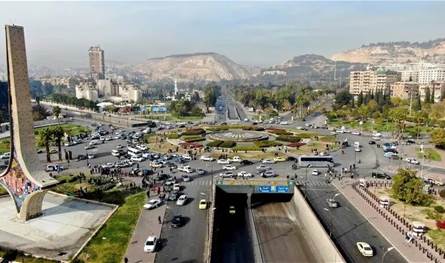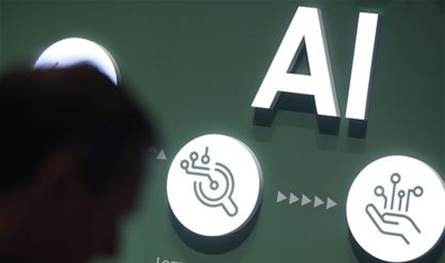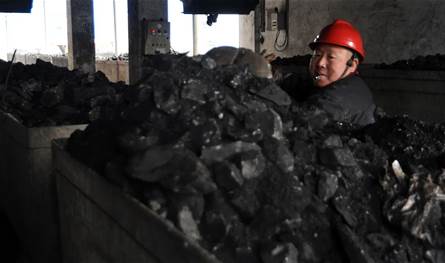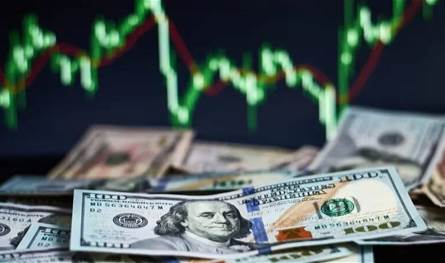August 9 data: The sheikhs of the mind in Syria end the temporary government’s account of the division and the position on the Sharia regime
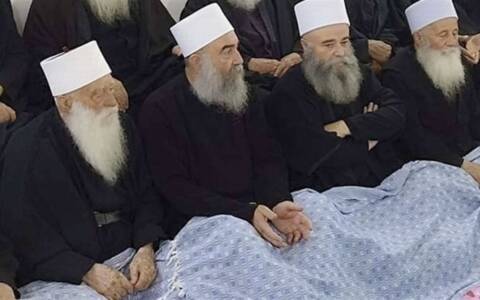
D. Raed Ghanem
Al -Hurra newspaper – Beirut
Before the fall of the Assad regime, and for more than a year, the Karama Square in the heart of the endosperm was a center for a peaceful popular movement to carry clear demands, the most prominent of which was the changing of the Assad regime in the hope of a new participatory system that provides the Syrian people freedom, dignity and justice, at a time when the country was living in a state of recession, while it seemed as a kind of surrender to the idea of the Assad regime survival. At that point, clear differences emerged between the positions of the three minds of the mind.
Sheikh Hikmat Al -Hijri adopted the political and economic demands of the movement with a fixed and crucified position, which strengthened his presence as a national symbol that enjoys wide respect in the Syrian circles, especially the Sunni, and gave the movement a local and international momentum to what the position of the Sheikh of the mind holds, especially the Hijri seat, from historical weight in the conscience of the Druze of Syria. While Sheikh Hammoud Al -Hinnawi took a position similar to Sheikh Al -Hijri, but less severe, Sheikh Jarbou supported the economic demands of the popular movement and distanced himself from his political demands calling for the change of the system, so he continued to support the regime of Bashar al -Assad, despite some interrupted criticism of power and its inability to secure the minimum of the foundations of decent living. These different positions strengthened the popularity of Sheikh Al -Hijri, while the image of Jerboa between wide sectors of public opinion in Jabal Al -Druze fell.
After the fall of the regime: the return of history with new masks
With the fall of the Assad regime, Ahmed al -Shara, who was previously known as Abu Muhammad al -Jolani, tried to extend his influence over southern Syria, influenced by the dominant central governance models. In an unwilling step that brought back what Adeeb Al -Shishakli did in the 1950s, he sent on New Year’s Eve a military convoy to the endosperm under the misdemeanor of darkness. This step was met with a categorical rejection of the popular circles led by Sheikh Al -Hijri, which conjured up the history of the people of the mountain in resisting all attempts to subjugate, and expressed deep realistic concerns towards the new regime as a result of the massacres of the Al -Nusra Front against Druze in Jabal Al -Sumaq in Idlib Governorate and in the presence of Quneitra Governorate years ago.
In response to this refusal, the official media of the interim government launched a demonic campaign against Sheikh Al -Hijri, in parallel with an attempt to polish marginal militia figures such as Laith Al -Balous and Suleiman Abdel Baqi, and the introduction of the two sheikhs, especially Jarwaa – the ally of Assad in a positive way – in a positive way, two sheikhs loyal to the new system. In the midst of this media escalation, Al -Hijri was repeating his call to a democratic civil state that respects diversity and is based on the rule of law, which made it a target of media distortion campaigns characterized by incitement and sectarian contradictions.
The official media coverage of Sheikh Al -Hinnawi’s positions and a selective bouquet was, as it illuminated the openness that they showed on the system and its institutional presence in the Suwayda Governorate, and they adopted the demands of Sheikh Al -Hijri itself to establish a participatory civil state based on equality and the rule of law, and they also adopt the popular demands in the province Ghouta and order last May. The agreement sponsored by the two sheikhs mentioned stipulated that “the activation of the internal security forces from the internal security corps and the activation of the judicial police from the cadres of the people of the province, and secure the Damascus – As -Suwayda road and ensure its safety and security under the responsibility of the Syrian state.” What enhances self -management in the mountain and prevents its military and economic siege.
July 13: a turning point
On July 13, 2025, the interim government forces and militias linked to ISIS entered – according to documented photos and certificates – to the endosperm, which led to massacres against civilians, especially in the western countryside. These forces withdrew later, and returned to the city’s people, but the media machine did not stop incitement, but rather reached unprecedented levels in an attempt to photograph Sheikh Al -Hijri as a force that acquires the decision, accusing him of confiscating the voice of the two sheikhs Al -Hinnawi and Jarboua in an attempt to strike the Druze unit from the inside.
On the other hand, the pro -Sharia media was busy flirting with Sheikh Al -Hinnawi and Jarbou, and even fabricated news about the latter’s fate after the withdrawal, in an attempt to flip the public opinion on Sheikh Al -Hijri and planted an internal sedition in Jabal Al -Druze, in the hope of redrawing the map of loyalties within the sect.
August 9: The fall of the division novel
In a detailed development, the three sheikhs of the mind appeared on July 9 in separate video data, but with close contents confirmed:
The condemnation of the crimes committed by the forces of the “interim government” and their militias against civilians, and considering them terrible violations that violate human, moral and international laws.
Demanding the formation of an independent and independent international investigation committee to reveal the truth of the violations that took place in As -Suwayda against civilians.
Announcement of the guarantor states of the ceasefire agreement their responsibilities in protecting civilians, ensuring the implementation of the agreement, and stopping the continuous violations of it by the regime.
Thank you for countries, bodies and people, led by Sheikh Mowaffaq Tarif, in a clear reference to the unity of position and fate.
The emphasis on the unity of the Druze row in As -Suwayda, the rejection of differences, the necessity of solidarity and cooperation to overcome the humanitarian and economic crisis that resolved in the governorate as a result of the brutal aggression launched by the “interim government” and the Bedouin factions loyal to it.
With the issuance of the three -minded sheikhs’ statements on August 9, which embodied the unity of the people of Jabal Al -Druze and their leaders in the face of the “interim government” and its aggressive and violent practices, the media and political discourse that tried to photograph the Druze community in the endosperm as if it were a divided and contested bloc, and the Syrian official media narrative received a severe blow. The neutral follow -up realized that this media, which since the beginning of the events adopted a biased and charged discourse with sectarian incitement and falsifying facts, has lost the minimum objectivity and credibility in transferring the actual reality in As -Suwayda. The impact of this exposure was not limited to the Syrian interior, but the Arab and international media, which discovered late, was misleading the official and loyal media, and it became more cautious in adopting the Syrian official novel, and more open to the opposition voices, in order to realize the danger of relying on false information in issues of severe humanitarian and political consequences.
The post August 9 data: The sheikhs of the mind in Syria end the temporary government’s account of the division and the position on the Sharia regime appeared first on 961 tobay Lebanon today.










